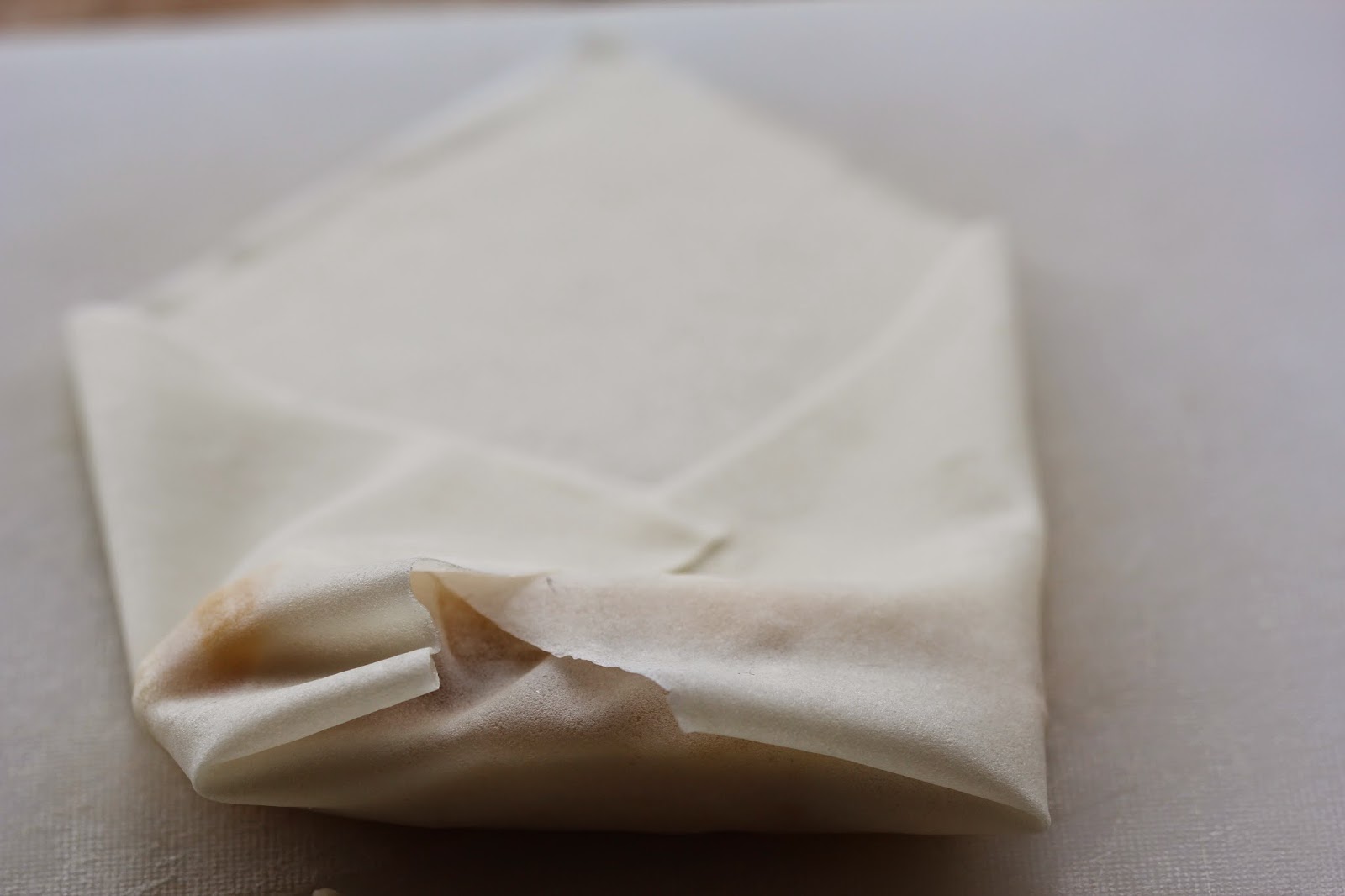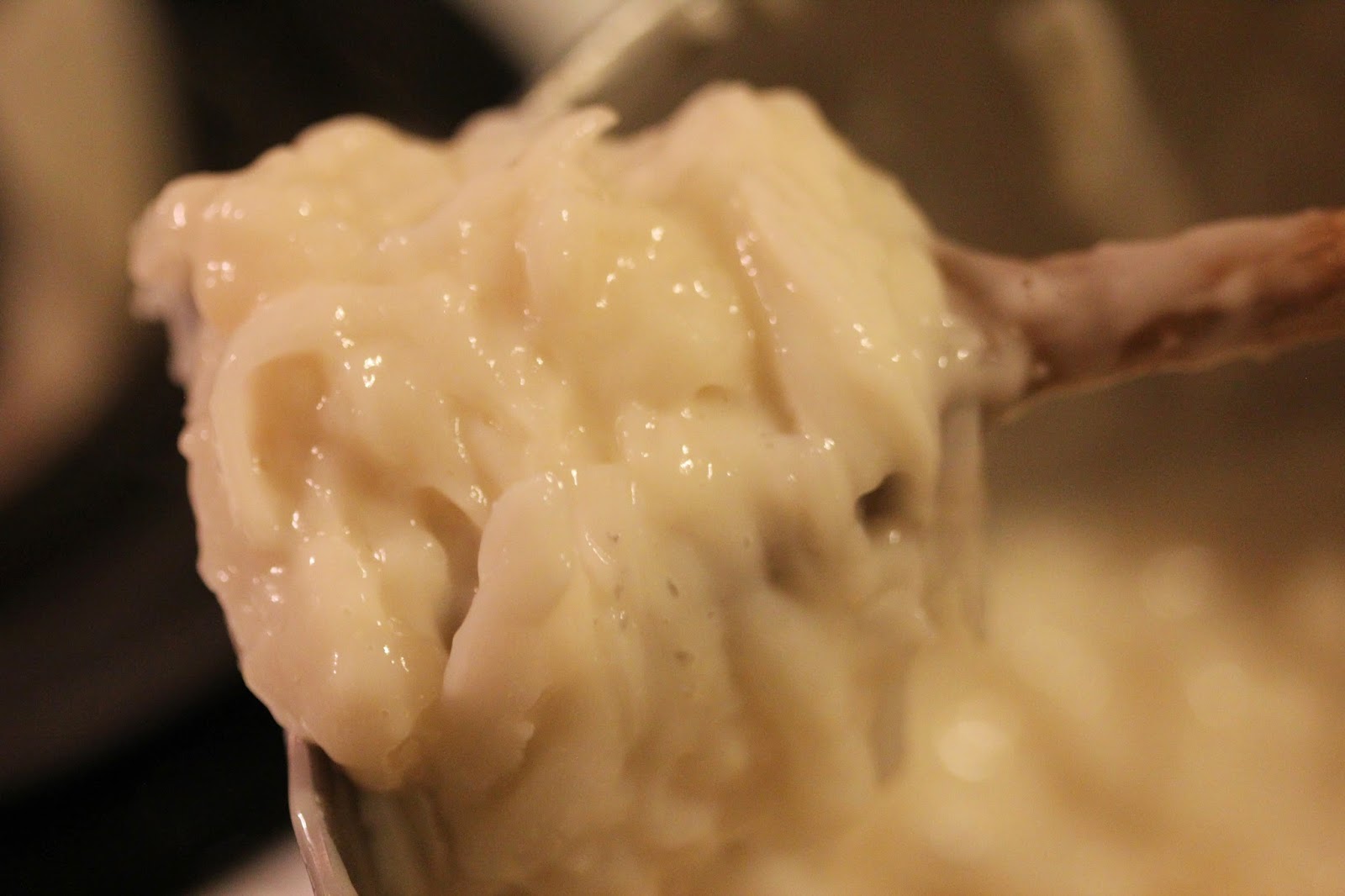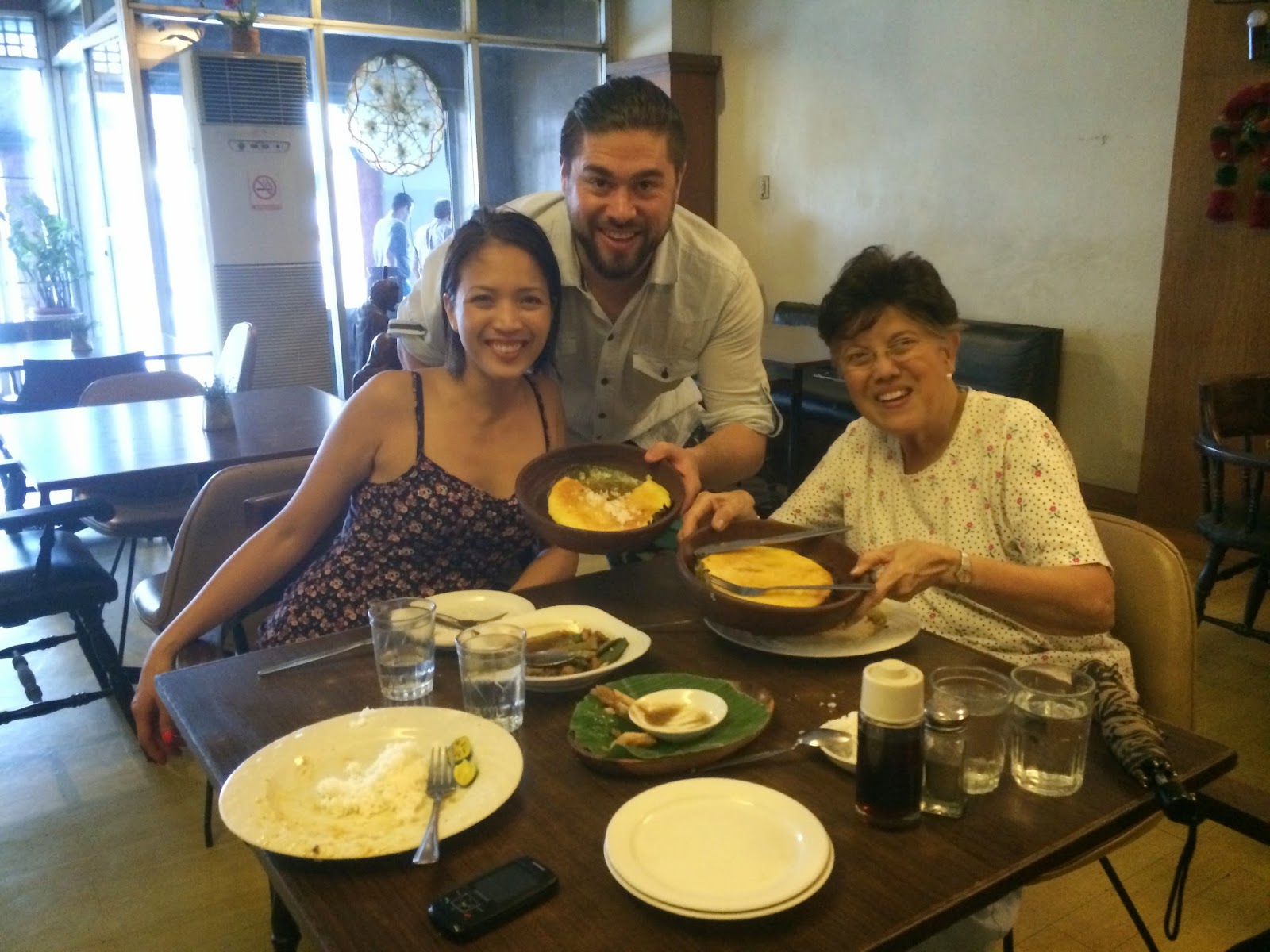 |
| Happy it's summer and enjoying some healthy lumpia! |
Lumpia, is a Filipino version of Chinese spring rolls filled with meat and veggies. This highly addictive finger food, usually made in mass quantities, was a staple at our family's parties and usually served fried.
Here's my version of a light and healthy gluten free lumpia. It's influenced by the Vietnamese fresh rolls but with all the delicious flavours of the Philippines without the task of frying or guilt of indulging.
I first prep and cook the filling, ground pork, carrots, water chestnuts and green onions, then use thin rice paper to wrap the savoury goodness into a white roll. This lumpia is easy to make while being light and healthy, a perfect appetizer to enjoy during the summer!
 |
| Gluten Free Lumpia, so easy to make! |
Ingredients
- 2 tbsp vegetable oil
- 1 medium onion (1 cup), finely diced
- 3 garlic cloves (1 tbsp), minced
- 1 lb lean ground pork
- 1 cup carrots, shredded
- 1/2 cup green onions, finely sliced
- 1/4 cup water chestnuts, finely chopped
- 2-3 tbsp Tamari Soy Sauce (wheat free soy sauce)
- Pinch of salt & pepper to taste
- 15 dried rice paper wrappers
- 1-2 cups lukewarm water
- Optional: sweet chilli dipping sauce
Preparation
- Pre-heat a large frying pan over medium. Add oil, onions and garlic then cook for 2 minutes, stirring periodically.
- Add the pork, carrots, 1/4 cup green onions, water chestnuts and soy sauce, cook for another 8-10 minutes or until pork is cooked through, stirring periodically.
- Remove from heat and and transfer to a large bowl. Add 1/4 cup green onions, salt and pepper and toss to combine. Set aside.
- Fill a shallow bowl with lukewarm water. Dip one rice wrapper into the water for a few seconds until it softens. Lay the wrapper flat on a clean, damp towel.
- Place about 2 tablespoons of filling toward the one-third of the wrapper nearest to you. Gently fold the bottom wrap over filling. Fold the 2 sides inward over the filling then tightly roll up the wrap. Seal the edges with more water and place on a plate with the seam side down. Do not stack the lumpia on top of each other or they will stick. Repeat until all the filling has been used.
- Serve immediately with sweet chilli dipping sauce.
 |
| Masarup! |







































